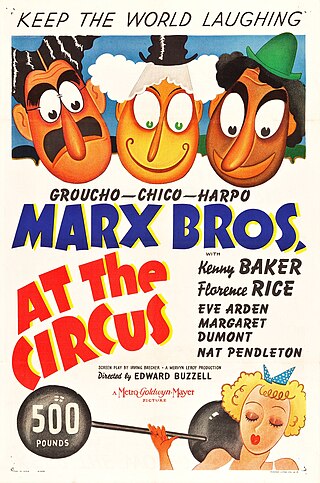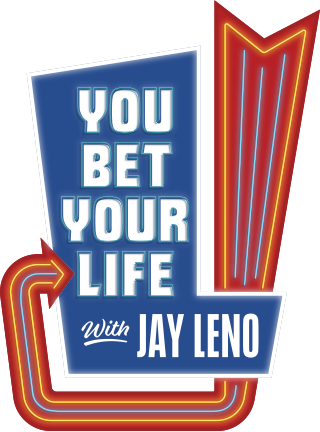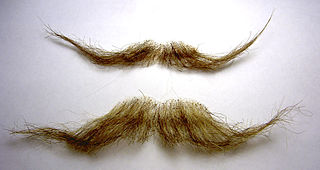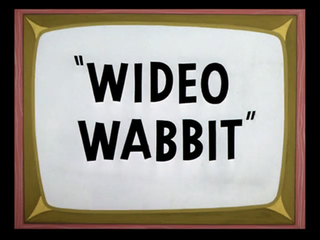
An emoticon, short for "emotion icon", is a pictorial representation of a facial expression using characters—usually punctuation marks, numbers, and letters—to express a person's feelings, mood, or reaction, without needing to describe it in detail.

Julius Henry "Groucho" Marx was an American comedian, actor, writer, and singer who performed in film, television, radio, stage, and vaudeville. He is generally considered to have been a master of quick wit and one of America's greatest comedians.

The Marx Brothers was an American family comedy act that was successful in vaudeville, on Broadway, and in 14 motion pictures from 1905 to 1949. Five of the Marx Brothers' fourteen feature films were selected by the American Film Institute (AFI) as among the top 100 comedy films, with two of them, Duck Soup (1933) and A Night at the Opera (1935), in the top fifteen. They are widely considered by critics, scholars and fans to be among the greatest and most influential comedians of the 20th century. The brothers were included in AFI's 100 Years... 100 Stars list of the 25 greatest male stars of Classical Hollywood cinema, the only performers to be included collectively.

A smiley, sometimes referred to as a smiley face, is a basic ideogram that represents a smiling face. Since the 1950s it has become part of popular culture worldwide, used either as a standalone ideogram, or as a form of communication, such as emoticons. The smiley began as two dots and a line to represent eyes and a mouth. More elaborate designs in the 1950s emerged, with noses, eyebrows, and outlines. A yellow and black design was used by New York-based radio station WMCA for its "Good Guys" campaign in the early 1960s. More yellow-and-black designs appeared in the 1960s and '70s, including works by Franklin Loufrani and Harvey Ross Ball. Today, The Smiley Company holds many rights to the smiley ideogram and has become one of the biggest licensing companies globally.

Arthur "Harpo" Marx was an American comedian, actor, mime artist, and harpist, and the second-oldest of the Marx Brothers. In contrast to the mainly verbal comedy of his brothers Groucho and Chico, Harpo's comic style was visual, being an example of vaudeville, clown and pantomime traditions. He wore a curly reddish blond wig and was silent in all his movie appearances, instead blowing a horn or whistling to communicate. Marx frequently employed props such as a horn cane constructed from a lead pipe, tape, and a bulbhorn.

Sunglasses or sun glasses are a form of protective eyewear designed primarily to prevent bright sunlight and high-energy visible light from damaging or discomforting the eyes. They can sometimes also function as a visual aid, as variously termed spectacles or glasses exist, featuring lenses that are colored, polarized or darkened. In the early 20th century, they were also known as sun cheaters.

An emoji is a pictogram, logogram, ideogram, or smiley embedded in text and used in electronic messages and web pages. The primary function of emoji is to fill in emotional cues otherwise missing from typed conversation. Emoji exist in various genres, including facial expressions, common objects, places and types of weather, and animals. They are much like emoticons, except emoji are pictures rather than typographic approximations; the term "emoji" in the strict sense refers to such pictures which can be represented as encoded characters, but it is sometimes applied to messaging stickers by extension. Originally meaning pictograph, the word emoji comes from Japanese e + moji; the resemblance to the English words emotion and emoticon is purely coincidental. The ISO 15924 script code for emoji is Zsye.

A Day at the Races is a 1937 American comedy film, and the seventh film starring the Marx Brothers, with Allan Jones, Maureen O'Sullivan and Margaret Dumont. Like their previous Metro-Goldwyn-Mayer feature A Night at the Opera, this film was a major hit.

At the Circus is a 1939 comedy film starring the Marx Brothers released by Metro-Goldwyn-Mayer in which they help save a circus from bankruptcy. The film contains Groucho Marx's classic rendition of "Lydia the Tattooed Lady". The supporting cast includes Florence Rice, Kenny Baker, Margaret Dumont, and Eve Arden. The songs, including "Lydia the Tattooed Lady", "Two Blind Loves", and "Step Up and Take a Bow", were written by the team of Harold Arlen and Yip Harburg.

You Bet Your Life is an American comedy quiz series that has aired on both radio and television. The original and best-known version was hosted by Groucho Marx of the Marx Brothers, with announcer and assistant George Fenneman. The show debuted on ABC Radio on October 27, 1947, moved to CBS Radio debuting October 5, 1949, and went to NBC-TV and NBC Radio on October 4, 1950. Because of its simple format, it was possible to broadcast the show on both radio and television but not simultaneously. Many of the laughs on the television show were evoked by Groucho's facial reactions and other visual gimmicks; the two versions were slightly different. The last episode in a radio format aired on June 10, 1960. The series continued on television for another year, recording a season on September 22, 1960 with a new title, The Groucho Show.
Erin Leslie Fleming was a Canadian actress best known as the companion and manager of comedian Groucho Marx during his final years.
A novelty item is an object which is specifically designed to serve no practical purpose, and is sold for its uniqueness, humor, or simply as something new. The term also applies to practical items with fanciful or nonfunctional additions, such as novelty aprons, slippers, or toilet paper. The term is normally applied to small objects, and is generally not used to describe larger items such as roadside attractions. Items may have an advertising or promotional purpose, or be a souvenir.
Flywheel, Shyster, and Flywheel is a situation comedy radio show starring two of the Marx Brothers, Groucho and his older brother Chico Marx, and written primarily by Nat Perrin and Arthur Sheekman. The series was originally broadcast in the United States on the National Broadcasting Company's Blue Network beginning on November 28, 1932, and ending on May 22, 1933. Sponsored by the Standard Oil Companies of New Jersey, Pennsylvania and Louisiana and the Colonial Beacon Oil Company, it was the Monday night installment of the Five-Star Theater, an old-time radio variety series that offered a different program each weeknight. Episodes were broadcast live from NBC's WJZ station in New York City and later from a sound stage at RKO Pictures in Los Angeles, California, before returning to WJZ for the final episodes.

A fake moustache or false moustache is an item of prosthetic make-up. Fake moustaches are made in a variety of ways, but usually require a form of adhesive to affix the moustache to the wearer's face.

Gary Giddins is an American jazz critic and author. He wrote for The Village Voice from 1973; his "Weather Bird" column ended in 2003. In 1986 Gary Giddins and John Lewis created the American Jazz Orchestra which presented concerts using a jazz repertory with musicians such as Tony Bennett.

Wideo Wabbit is a 1956 Warner Bros. Looney Tunes cartoon directed by Robert McKimson. The short was released on October 27, 1956, and stars Bugs Bunny and Elmer Fudd. In the film, Bugs volunteers for an appearance in a television show hosted by Elmer. He is unaware that this is a show about hunting techniques, and he volunteered to become a hunter's prey.
Emojipedia is an emoji reference website which documents the meaning and common usage of emoji characters in the Unicode Standard. Most commonly described as an emoji encyclopedia or emoji dictionary, Emojipedia also publishes articles and provides tools for tracking new emoji characters, design changes and usage trends. It has been owned by Zedge since 2021.

Face with Tears of Joy (😂) is an emoji that represents a crying with laughter facial expression. While it is broadly referred to as an emoji, since it is used to demonstrate emotion, it is also referred to as an emoticon. Since the emoji has evolved from numerous different designs pre-unicode, it has different names and meanings in different regions and cultures. It is also known as Tears of Joy emoji, lol emoji, joy emoji, laughing emoji, cry-laugh emoji, crying laughing emoji, or the laughing crying emoji. The emoji is used in communication to portray joking and teasing on messaging platforms including Apple's iMessage and Meta's WhatsApp, as well as social media websites such as Facebook, Snapchat, Twitter, and Instagram. The emoji is one of the most commonly used emojis in the Emoticons Unicode block. The Oxford Dictionary recognised the emoji as its Word of the Year in 2015 due to its common usage.

Windsor glasses are a type of eyeglasses characterised by circular or nearly circular eyerims and a thin metal frame. The style emerged in the 19th century and first became popular in the 1880s. Traditionally the bridge of Windsor glasses is a "saddle", and hence to prevent the glasses slipping off the face the temples are "riding bow temples" ; however, in a modern and extended definition, Windsors typically have a bridge with nose pads and gently curved temples.














